Bioregion
This note is abou teh concepts of bioregion and ecoregion as well as bioregionalism.
Definition
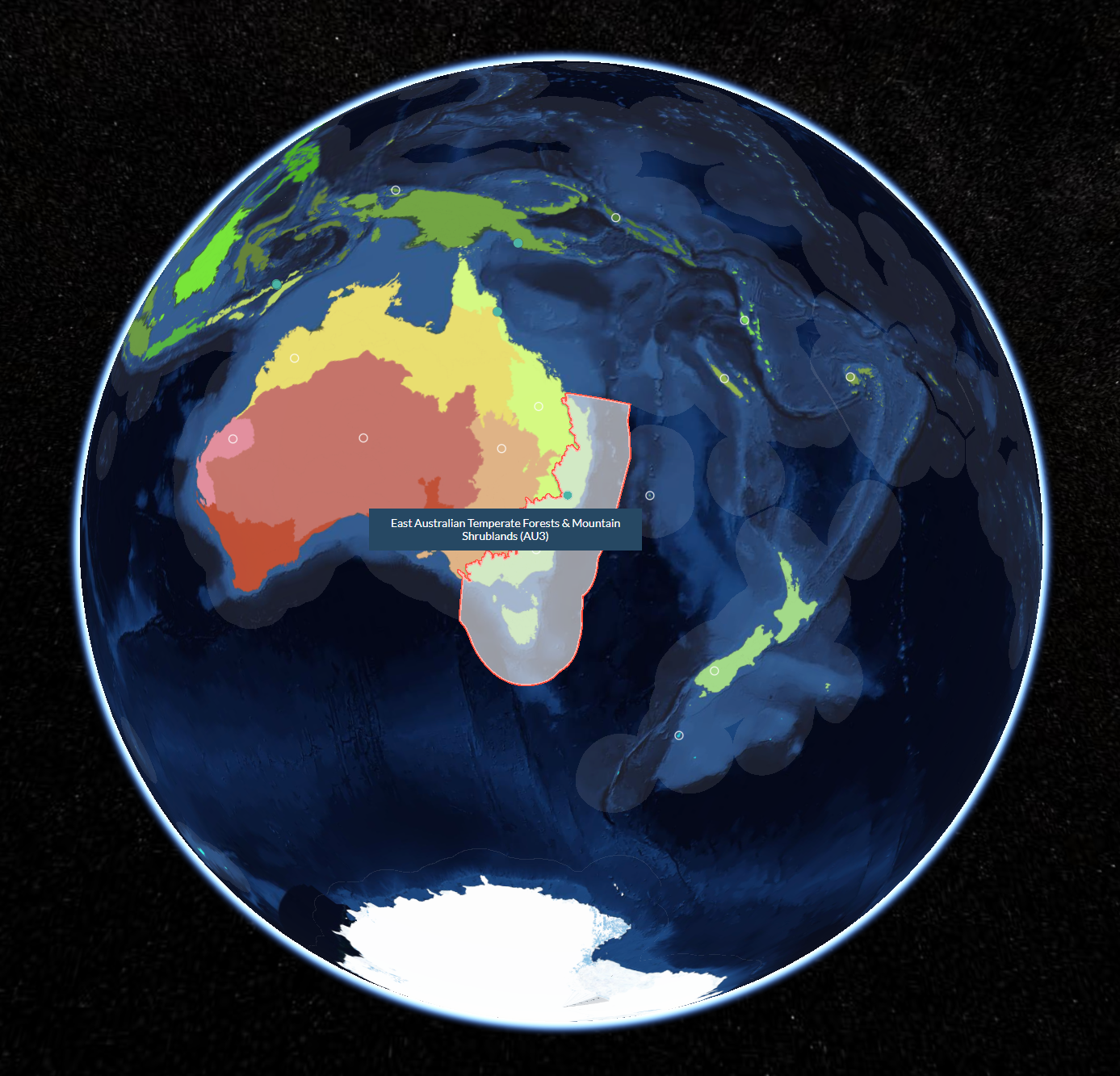
A bioregion is an area with similar climate, topography, plant and animal communities, and human culture.
The Convention on Biological Diversity: “a territory defined by a combination of biological, social, and geographic criteria, rather than geopolitical considerations; generally, a system of related, interconnected ecosystems”, often organized around a watershed.
Stephan Harding, Animate Earth: Science, Intuition and Gaia, 2nd ed. (2006; repr., Cambridge: Green Books, 2013).
Bioregionalism is an approach to living and learning that focuses on one bioregion that learners inhabit.
- Emphasises local knowledge and local livelihoods
- Includes formal learning as well as traditional knowledge and skills from local and indigenous communities
Early understanding prioritised 'ecological' aspects. Kirkpatrick Sale (1985) defined bioregionalism “a region governed by nature”.
Kirkpatrick Sale, Dwellers in the Land: The Bioregional Vision (San Francisco: Sierra Club Books, 1985).
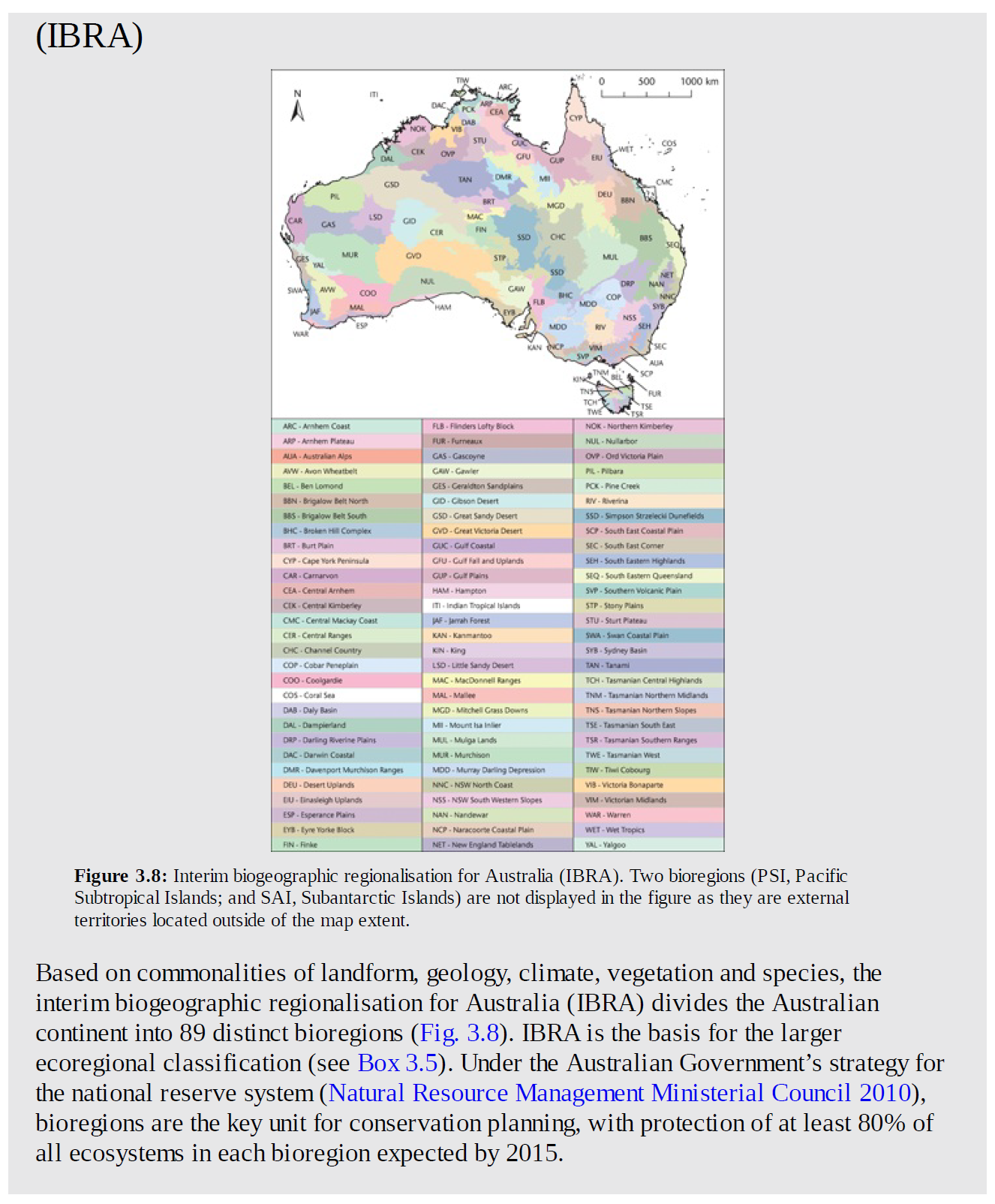
David B. Lindenmayer et al., eds., Biodiversity and Environmental Change: Monitoring, Challenges and Direction (Colingwood, AU: CSIRO, 2014).
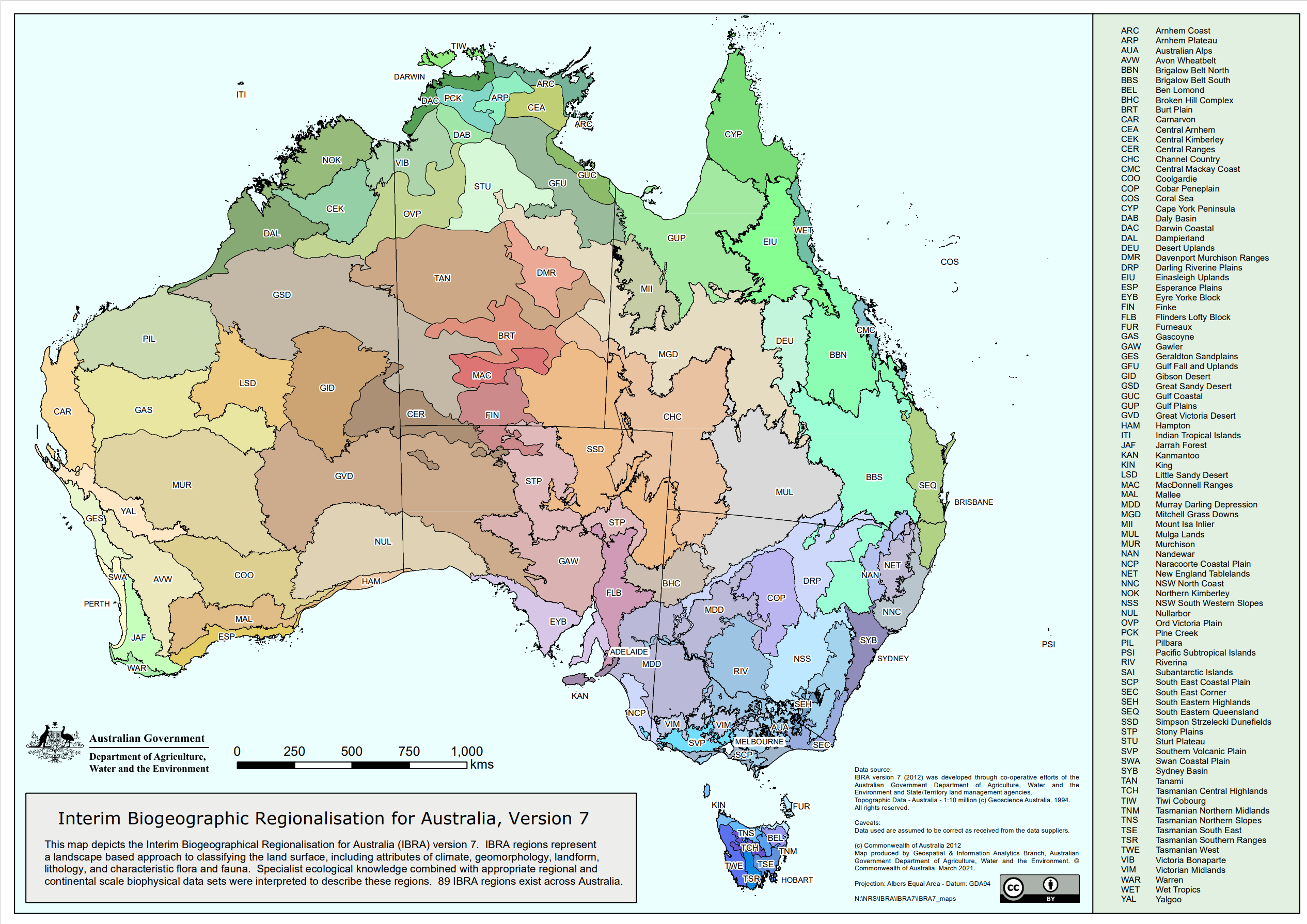
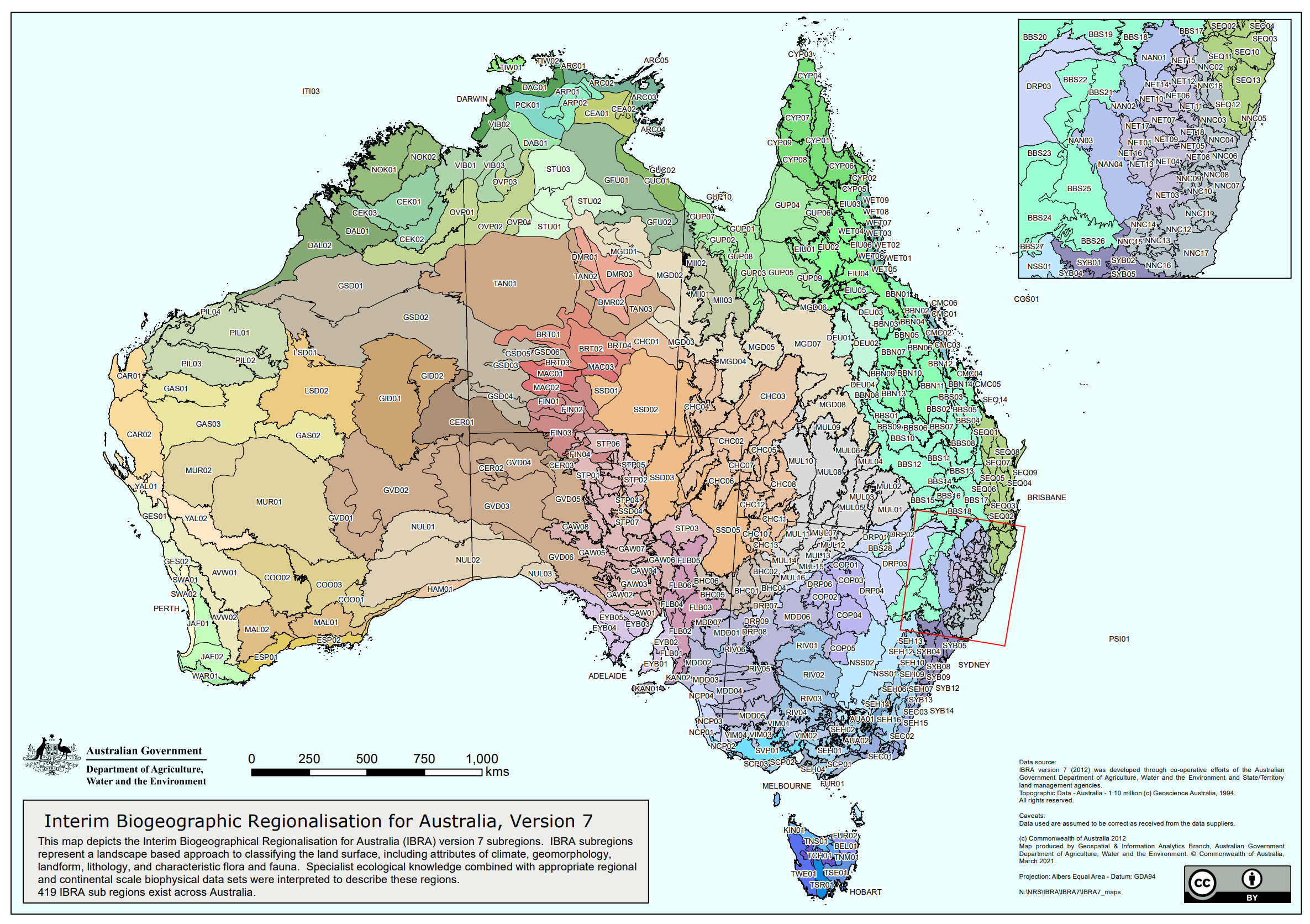
Australia's bioregions (IBRA) - DCCEEW, using the Interim Biogeographic Regionalisation for Australia (IBRA)
Bioregions are large, geographically distinct areas of land with common characteristics such as geology, landform patterns, climate, ecological features and plant and animal communities.
Australian government definition
Meso-scale Australian marine and coastal bioregions.
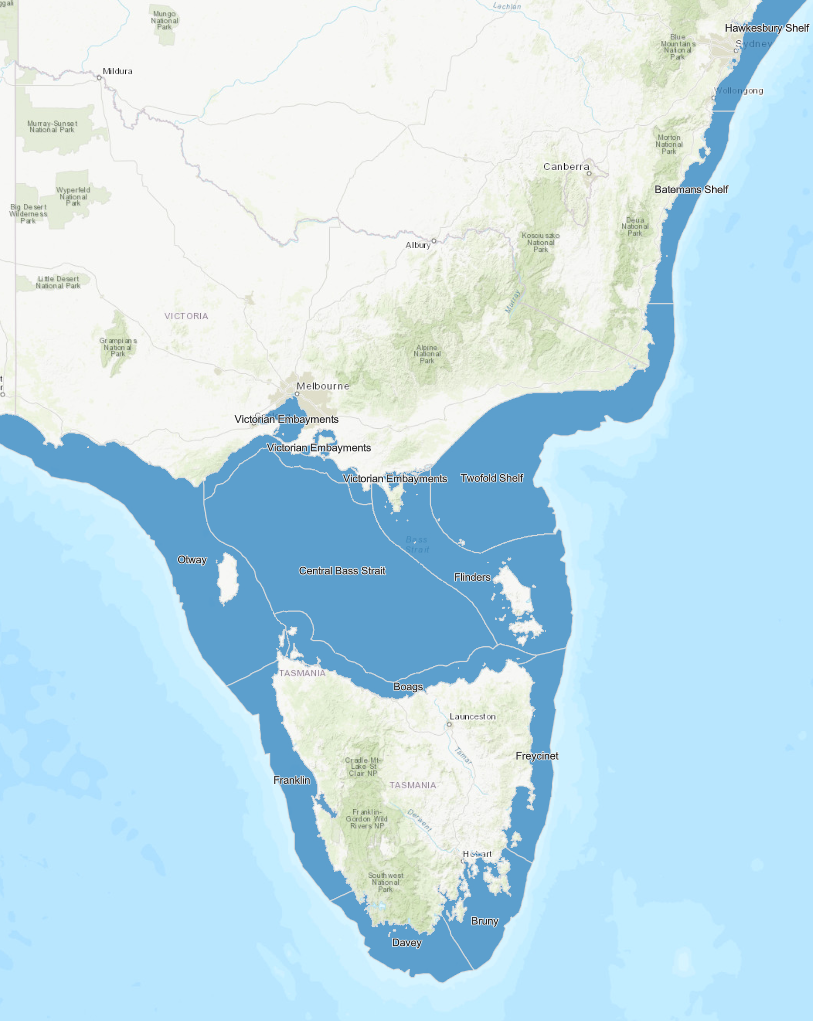
From Digital Atlas of Australia.
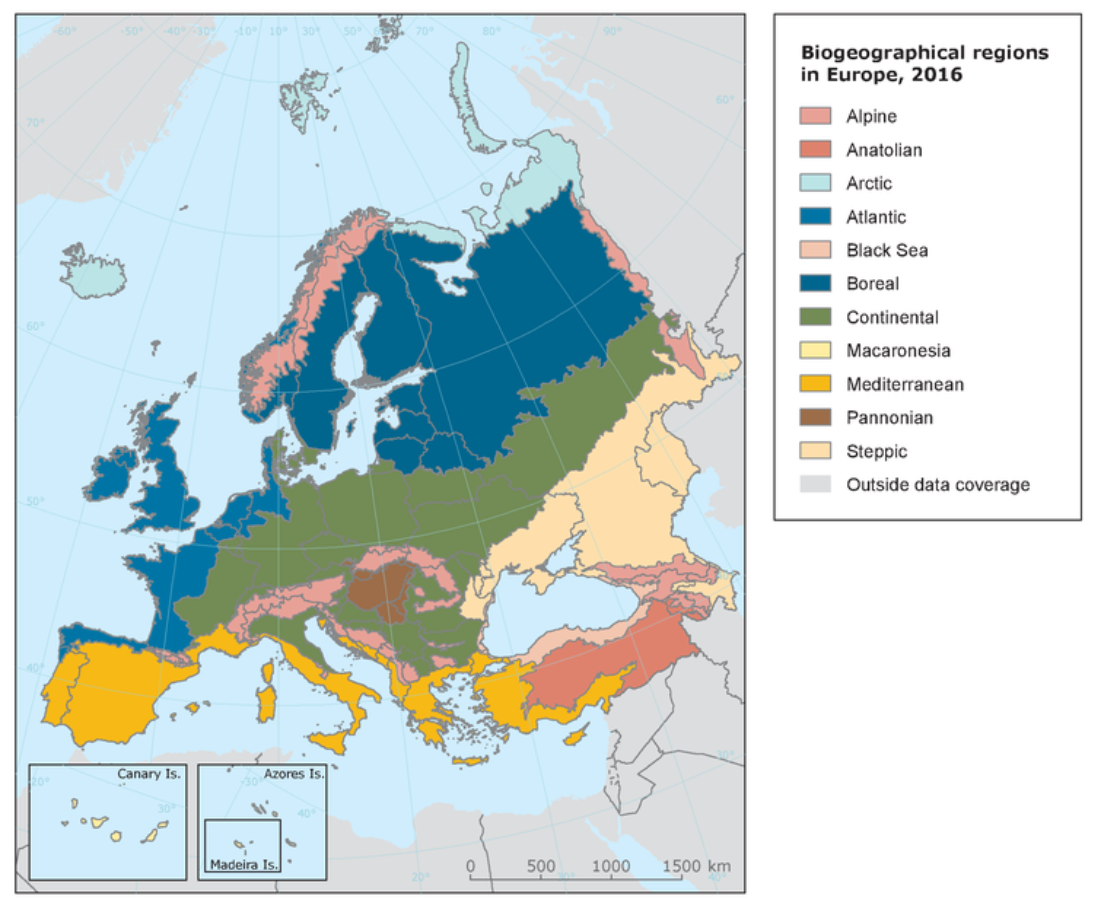
Biogeographical regions in Europe by the European Environment Agency (EEA).
Cervellini, Marco, Piero Zannini, Michele Di Musciano, Simone Fattorini, Borja Jiménez-Alfaro, Duccio Rocchini, Richard Field, et al. 2020. “A Grid-Based Map for the Biogeographical Regions of Europe.” Biodiversity Data Journal 8:e53720. https://doi.org/10/gzkqnn.
Biome
A related concept.
A biome is a group of ecoregions which share characteristics and together can be considered a ‘major habitat type’
David M. Olson et al., ‘Terrestrial Ecoregions of the World: A New Map of Life on Earth: A New Global Map of Terrestrial Ecoregions Provides an Innovative Tool for Conserving Biodiversity’, BioScience 51, no. 11 (2001): 933–38, https://doi.org/10/c635xt.
Biome is a concept that is similar or even synonymous with that of 'ecoregion'.
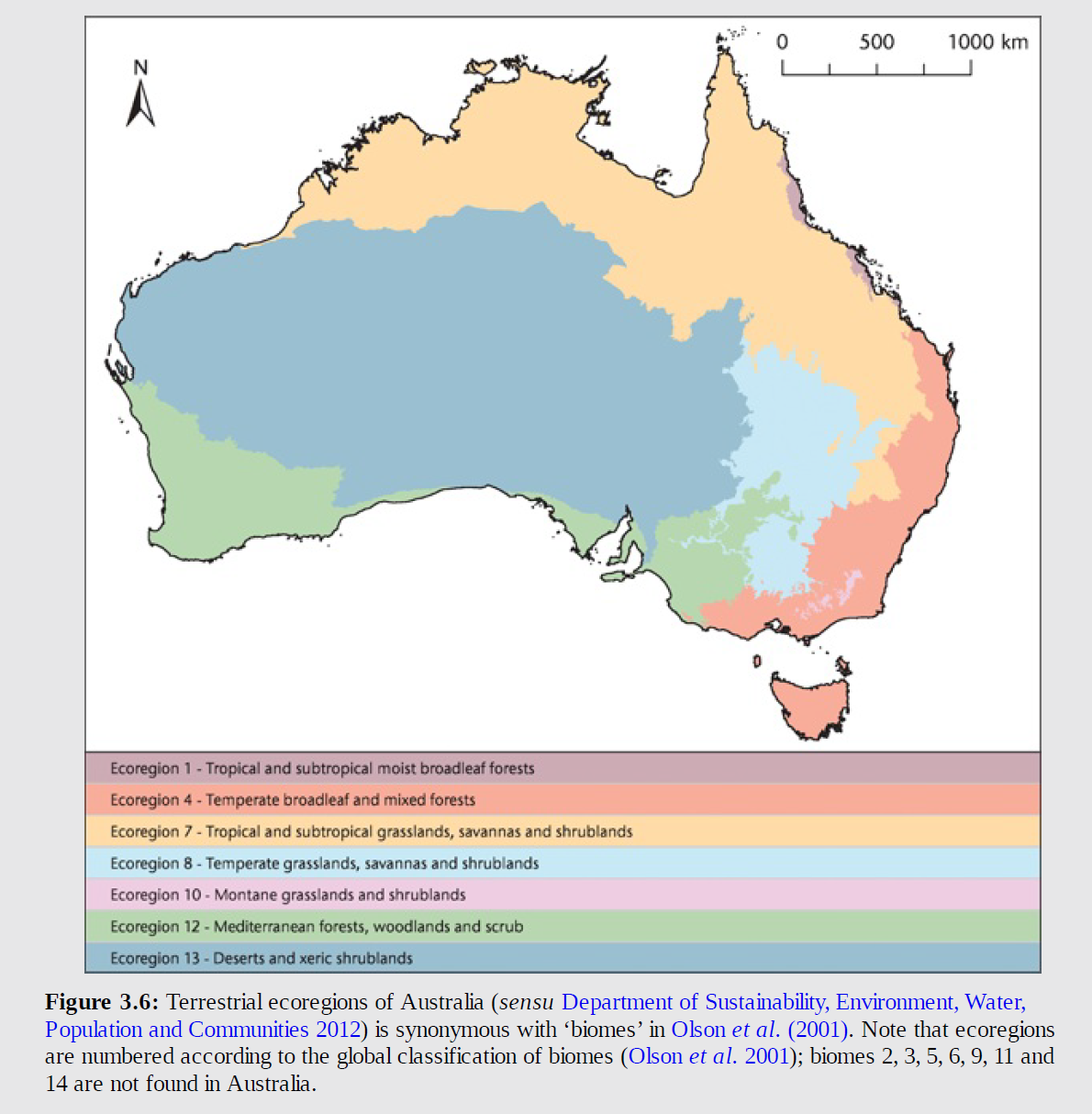
Bioregions in Australia
Ebach, Malte C. “A History of Biogeographical Regionalisation in Australia.” Zootaxa 3392, no. 1 (2012): 1–34. https://doi.org/10/gpbfgb.
References
Morrone, Juan J. 2018. “The Spectre of Biogeographical Regionalization.” Journal of Biogeography 45 (2): 282–88. https://doi.org/10/gc25cs.